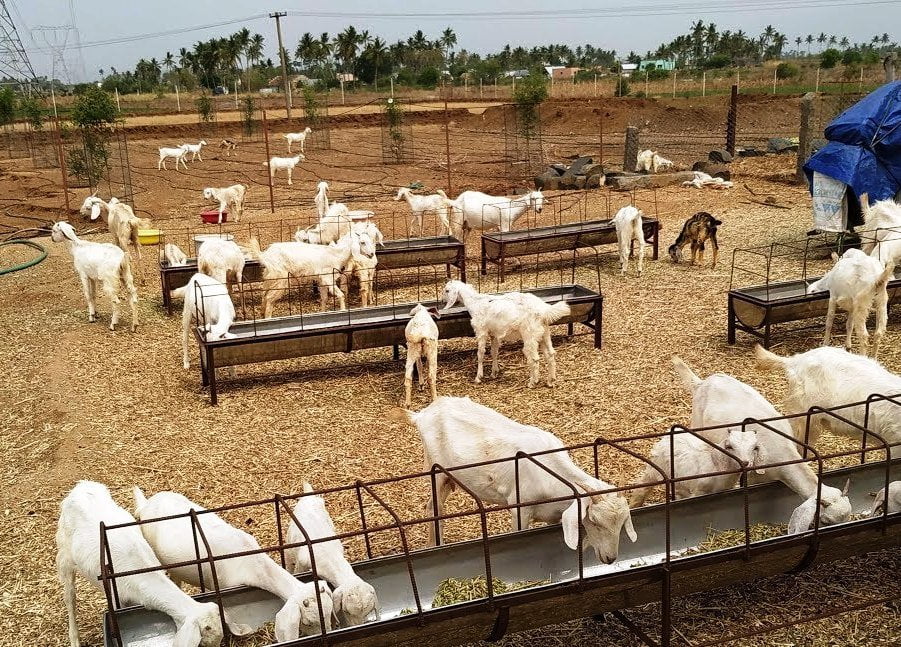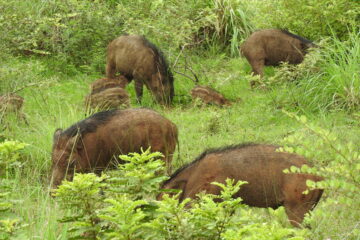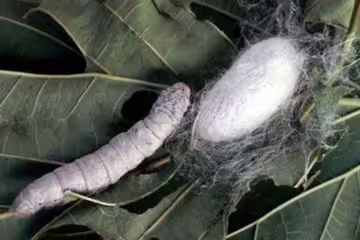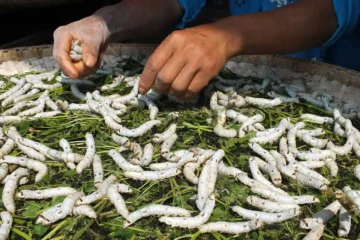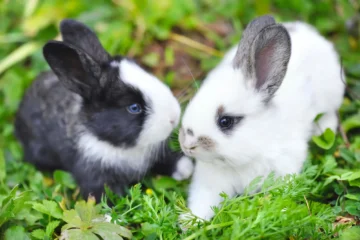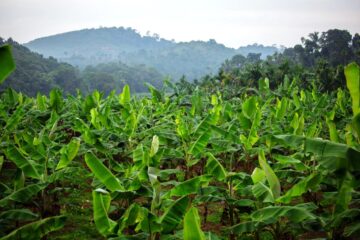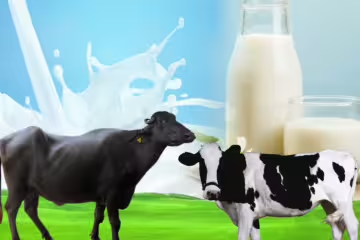Benefits of Integrated Farming
Combining livestock farming with fish farming optimizes the use of water and land. Livestock waste serves as direct food for fish and indirect food by enriching the pond, reducing feed costs for fish. Manure added daily ensures a consistent supply of organic matter, enhancing the pond’s natural productivity. Water needed for livestock can be sourced from the pond, addressing two needs with one resource.
When livestock farming is integrated with fish farming, fodder crops and vegetables can be cultivated on the pond banks. This provides fodder for livestock, vegetables for household consumption, and leftover waste as fish feed. Such integrated systems ensure that losses in one area can be offset by gains in another, reducing investment while increasing productivity and income. This also provides nutritious food, creates employment, and improves soil fertility.
Duck and Fish Farming
Integrating duck farming with fish farming is a highly effective method. Ducks, being naturally associated with water, make this integration ideal. A pond with an area of one acre and a depth of one meter is excellent for fish farming. The pond should be a clay-mixed area with a pH of 7.5 to 8.5.
A simple shelter above the pond, with one square foot per duck, is sufficient. Ducks swim in the pond during the day and stay in the shelter at night. A one-acre pond can support 200 to 250 ducks. Each duck produces 100 to 150 grams of waste, which serves as food for fish and fertilizer for the pond. Ducks need 100 grams of feed per day along with water.
Fish fingerlings can be introduced into the pond one month before releasing ducks. Alternatively, ducks can be introduced after the fish fingerlings have grown to 10 cm to avoid predation. An integrated farm can produce 3,500 to 4,000 kg of fish and 18,000 to 18,500 duck eggs per year.
Benefits: Duck waste serves as food for fish and organic fertilizer for the pond. Ducks feed on unwanted organisms like worms and insects, reducing feed costs. Their movement in the water increases dissolved oxygen levels. Ducks also help distribute their waste evenly throughout the pond.
Fish Farming with Dairy Cattle
Integrating fish farming with dairy cattle also proves highly profitable. Five to six dairy cattle can be raised per hectare. Each cow, weighing 400-450 kg, produces 4 to 5 tons of manure and 3,500 to 4,000 liters of urine annually.
Manure sinks to a depth of 2-6 cm, providing enough time for fish to consume it. Cattle manure contains 0.2-0.4% nitrogen, 0.5-0.8% phosphorus, and 0.10-0.7% potassium. Cow urine contains 1.1% nitrogen and 1.4% potassium, sufficient to produce natural food for fish. The high carbon-hydrogen ratio of 25:1 in manure makes it highly beneficial when combined with urine.
A cement-floor shed near the pond should be built, with 2-3 square meters per cow. Waste should be directed into the pond, saving time and labor costs. Cows need 7,000-8,000 kg of green fodder annually, of which 2,500 kg can be utilized for fish feed, reducing fish feed costs. Wasted oil cakes and grains can also be used as fish feed. This integrated system can yield 9,000 liters of milk and 3,000-4,000 kg of fish annually.
Benefits: Free natural fertilizer for the pond, water for cattle needs, reduced fish production costs, increased revenue, and simple management practices.
Chicken and Fish Farming
Raising chickens alongside fish is another effective method. A one-acre pond can support 200-250 chickens, each laying 200-250 eggs annually. Chicken manure contains 25.5% organic matter, 1.63% nitrogen, 0.83% potassium, and 1.54% phosphorus.
Chickens need warmth, light, good ventilation, and a peaceful environment. Providing 1-2 square feet of space per chicken in coops or cement sheds outside the pond is ideal. Excess feed can be used for fish. Chicken waste, rich in protein and nutrients, enhances fish production.
This integrated system can yield 5,000 kg of fish, 30,000 eggs, and 500 kg of meat annually.
Benefits: Water for chickens, chicken waste as fish food, reduced fish production costs, increased revenue, and simple management practices.
Pig and Fish Farming
Integrating pig farming with fish farming is also highly effective. Pig sheds can be built near the pond or above the pond to allow waste to fall directly into the water. This waste acts as fertilizer, and pond water can be used for cleaning sheds and watering animals.
Pig manure is rich in nutrients, containing 0.5-0.8% nitrogen, 0.45-0.6% phosphorus, and 0.35-0.5% potassium. Pig urine contains 0.3-0.5% nitrogen, 0.07% phosphorus, 0.20-0.70% potassium, and 2.5% organic matter. A one-acre pond can support 30 pigs, producing 6 tons of fish and 4.2 tons of pork annually. Each pig needs 1.5 to 3.0 square meters of space.
A 1.5-meter-high wall around the pond with a sloped pig shed directs waste into the pond. Alternatively, waste can be collected and gradually added to the pond.
Benefits: Pig waste as fish food reduces production costs and increases revenue, with simple management practices.
Fish Farming in Paddy Fields
Fish fingerlings of 10-20 cm can be stocked in paddy fields at 1,000 to 2,000 per hectare. Adding Azolla provides 5% nitrogen and 27% protein, serving as excellent fish food.
Planting banana, papaya, eggplant, tomato, okra, and chili on pond banks maximizes the benefits. Integrating fish farming with livestock in various ways reduces production costs, increases profits, and ensures success.
Dr. K. Devaki, Dr. P. R. Nisha, Dr. K. Velmurugan, Agricultural Science Centre, Kattupakkam, Kanchipuram – 603 203.

